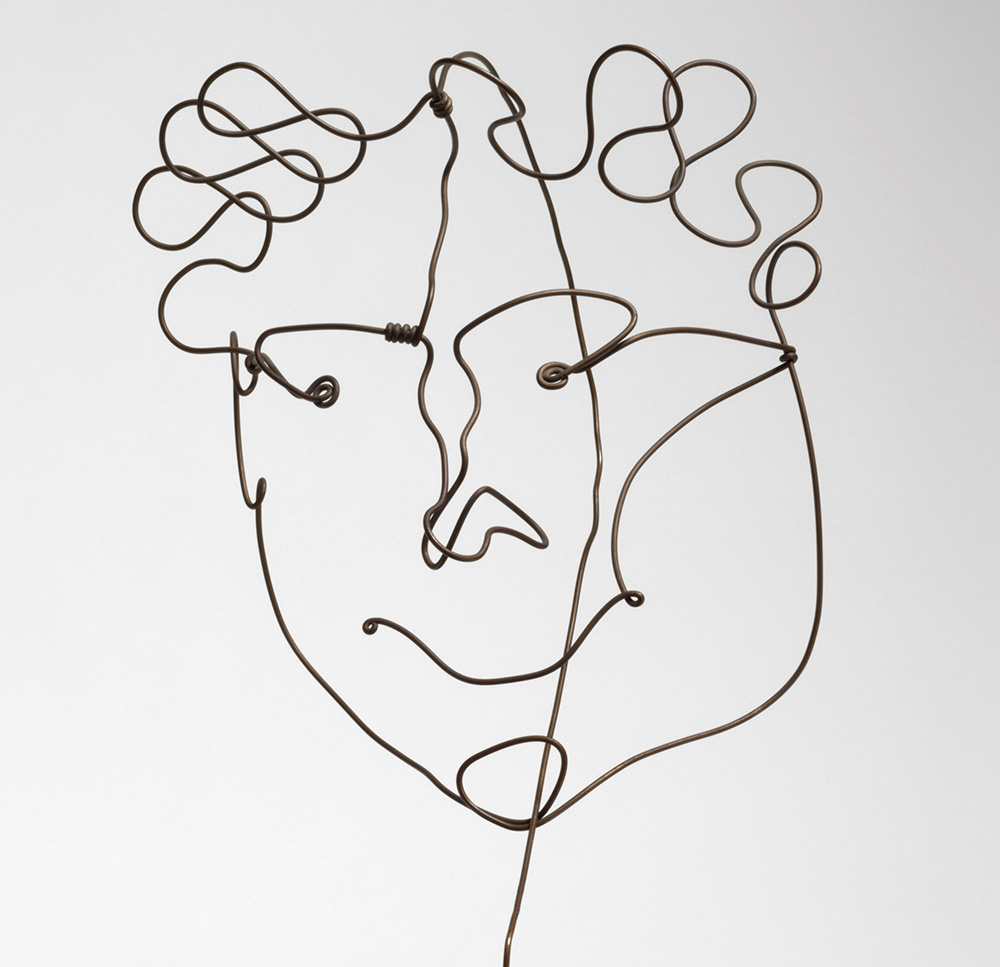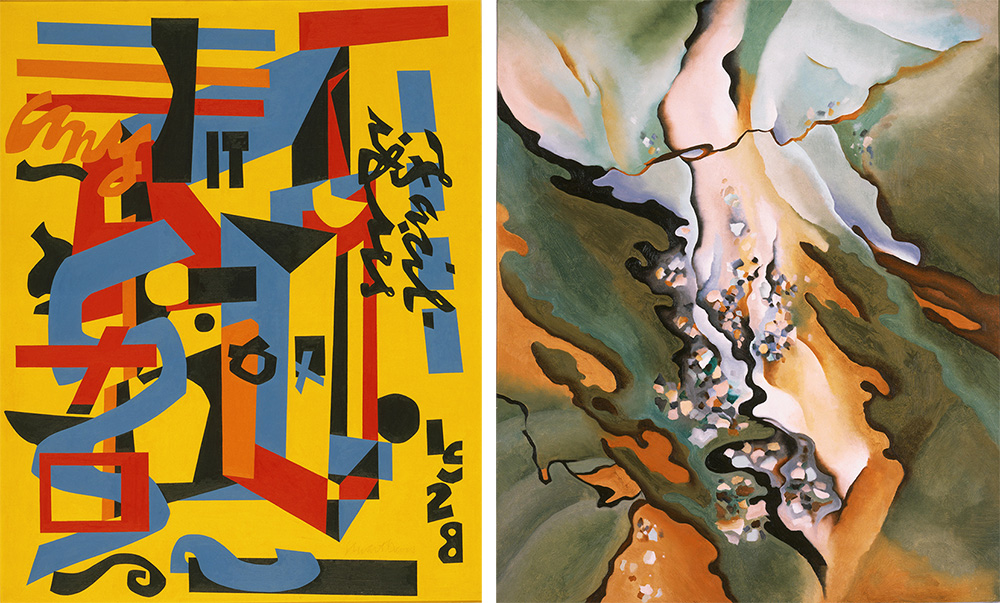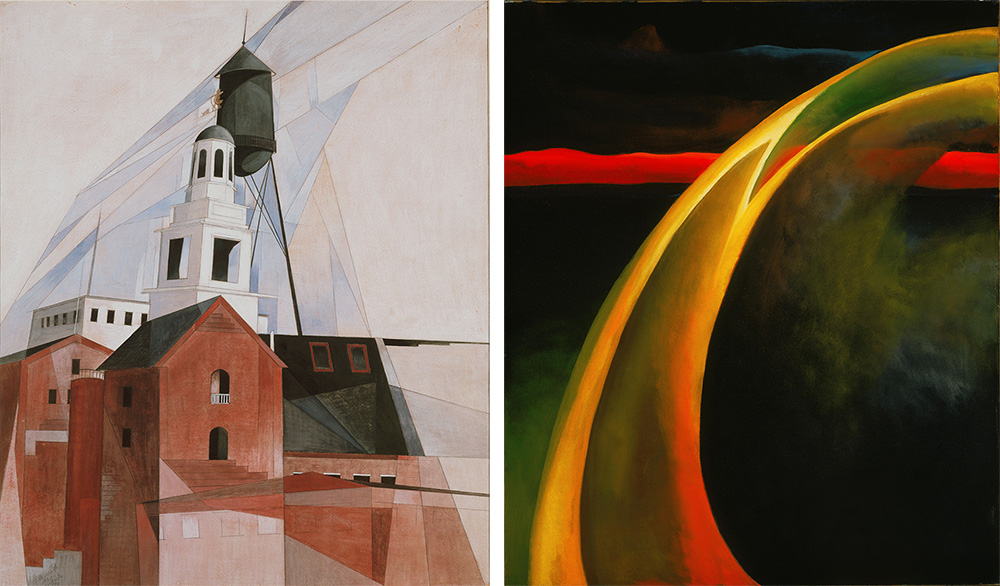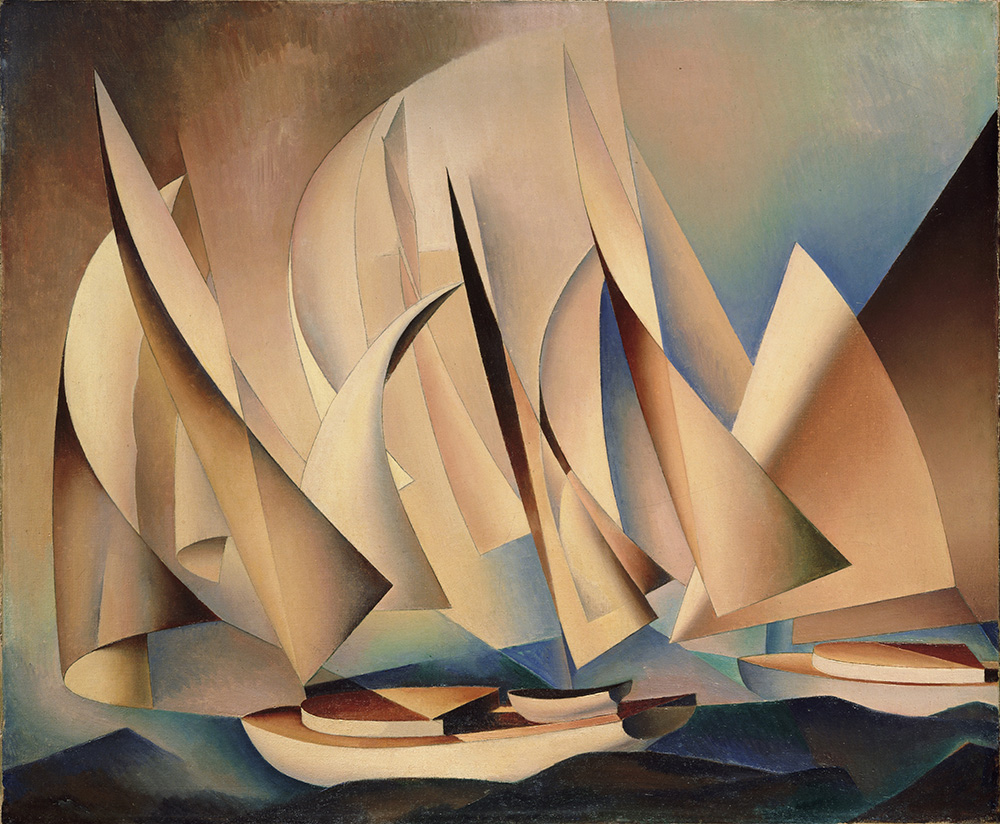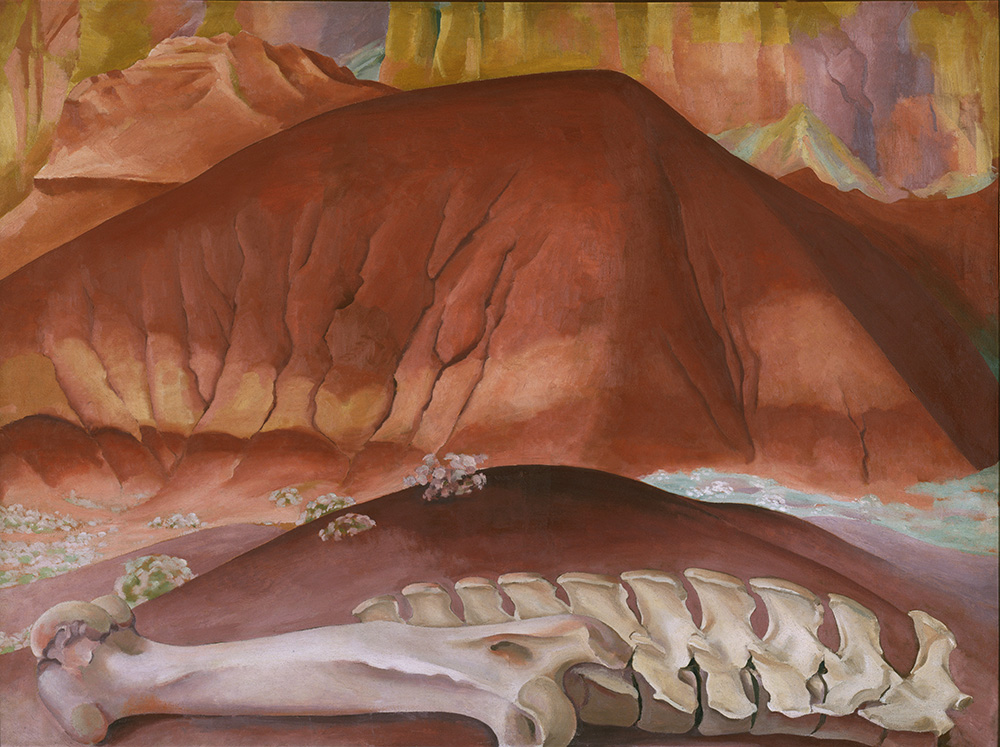ART-PRESENTATION: Modern Times-American Art 1910-50
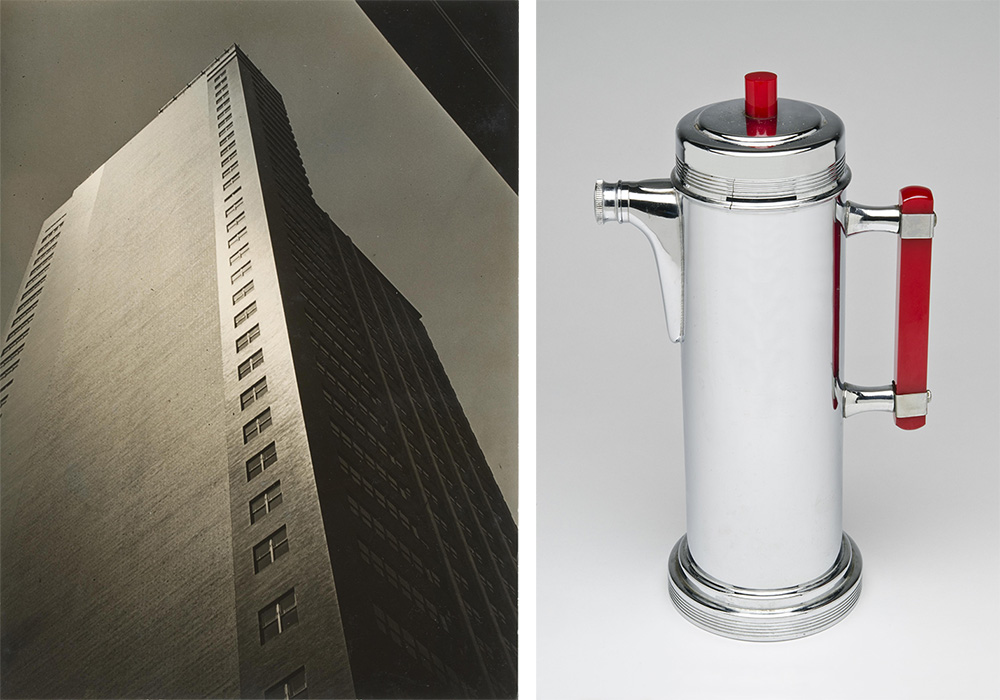 American artists in the first half of the 20th Century created a bold new artistic language to capture the essence of modern life. This wide-ranging exhibition “Modern Times American Art 1910-50” reframes examples of American Modernism in the Collection of Philadelphia Museum of Art. The exhibition also explores modernity from a less formal angle, focusing on work by artists who were drawn to depict modern amusements and moments of daily life.
American artists in the first half of the 20th Century created a bold new artistic language to capture the essence of modern life. This wide-ranging exhibition “Modern Times American Art 1910-50” reframes examples of American Modernism in the Collection of Philadelphia Museum of Art. The exhibition also explores modernity from a less formal angle, focusing on work by artists who were drawn to depict modern amusements and moments of daily life.
By Dimitris Lempesis
Photo: Philadelphia Museum of Art Archive
With an emphasis on painting and sculpture, along with select examples of prints, drawings, photographs, decorative arts, and costumes the exhibition “Modern Times American Art 1910-50” explores the creative responses of American artists to the rapid pace of change that occurred in USA during the early decades of the 20th Century. The works are almost entirely taken from the Museum’s Collection, especially the gift from the Stieglitz Collection that it received in the late 1940s, and contains 160 works, several of which are on view for the first time. The exhibition examines the new and dynamic visual language that emerged during this period and had a dramatic impact on painting, sculpture, printmaking, photography, architecture, and the decorative arts. These developments were shaped by the dizzying transformations then occurring in every aspect of life, from the advent of the automobile and moving pictures to the rapid growth of American cities and the wrenching economic change brought on by the advent of the Great Depression after a decade of unprecedented prosperity. The exhibition features works from the circle of the photographer and gallerist Alfred Stieglitz, such as: Georgia O’Keeffe, Marsden Hartley, and Arthur Dove, along with equally significant if lesser-known artists who contributed to the art of their day. The exhibition opens with the achievements of some of the leading figures of “The Eight”*, who recorded the changing urban scene with a gritty realism as horse carts gave way to motor vehicles on city streets. The exhibition emphasizes artists among them Charles Demuth, Morton Schamberg, Charles Sheeler, Benton Spruance, and Paul Strand, who responded to the Armory Show of 1913 and the influence of the European Avant Garde by seeking to give modernism an authentic American voice. Offering a broader perspective on American art of this period, the exhibition explores the achievements of important African American figures, such as: Aaron Douglas, William Edmondson, Horace Pippin and Dox Thrash. It also looks at cross-currents within the arts, including contemporary fashion and design, and work by female artists such as O’Keeffe, Florine Stettheimer, Frances Simpson Stevens, Kay Sage, and Dorothea Tanning. One section of the exhibition takes a close look at the many artists who explored in their work the abstract qualities of rhythm, light, and sound. Some of their aesthetic strategies were employed to create dynamic still lifes, enlivening what was commonly considered a static genre. Another section explores the expressive use of color, focusing on Arthur Beecher Carles, Henry Breckenridge, and Henry McCarter who stretched the boundaries of artistic tradition by relieving color of its purely descriptive function. Landscape painting was, likewise, revolutionized by the artists of this generation, who found in this traditional genre a sustained source of inspiration. The adaptation of the modernist vision to one of the most enduring themes in American art can be seen most dramatically in works by O’Keeffe, Hartley, and Arthur Dove. Others, such as Sheeler, took the stark, yet impressive geometry of the new industrial landscape as a point of departure. The exhibition also examines another familiar subject, the human figure, which proved to be of abiding interest to the artists of this generation. Included in this rich and fascinating section is a group of portraits by artists such as Milton Avery, Beauford Delaney, and John Graham.
*“The Eight was group of American painters who exhibited together only once, in New York City in 1908, but who established one of the main currents in 20th Century American painting. The original Eight included: Robert Henri, Everett Shinn, John Sloan, Arthur B. Davies, Ernest Lawson, Maurice Prendergast, George Luks, and William J. Glackens. George Bellows later joined them. The group’s determination to bring art into closer touch with everyday life greatly influenced the course of American art.
Info: Curator: Jessica Todd Smith, Philadelphia Museum of Art, 2600 Benjamin Franklin Parkway, Philadelphia, Duration: 18/4-3/9/18, Days & Hours: Tue, Thu & Sat-Sun 10:00-17:00, Wed & Fri 10:00-20:45, www.philamuseum.org
